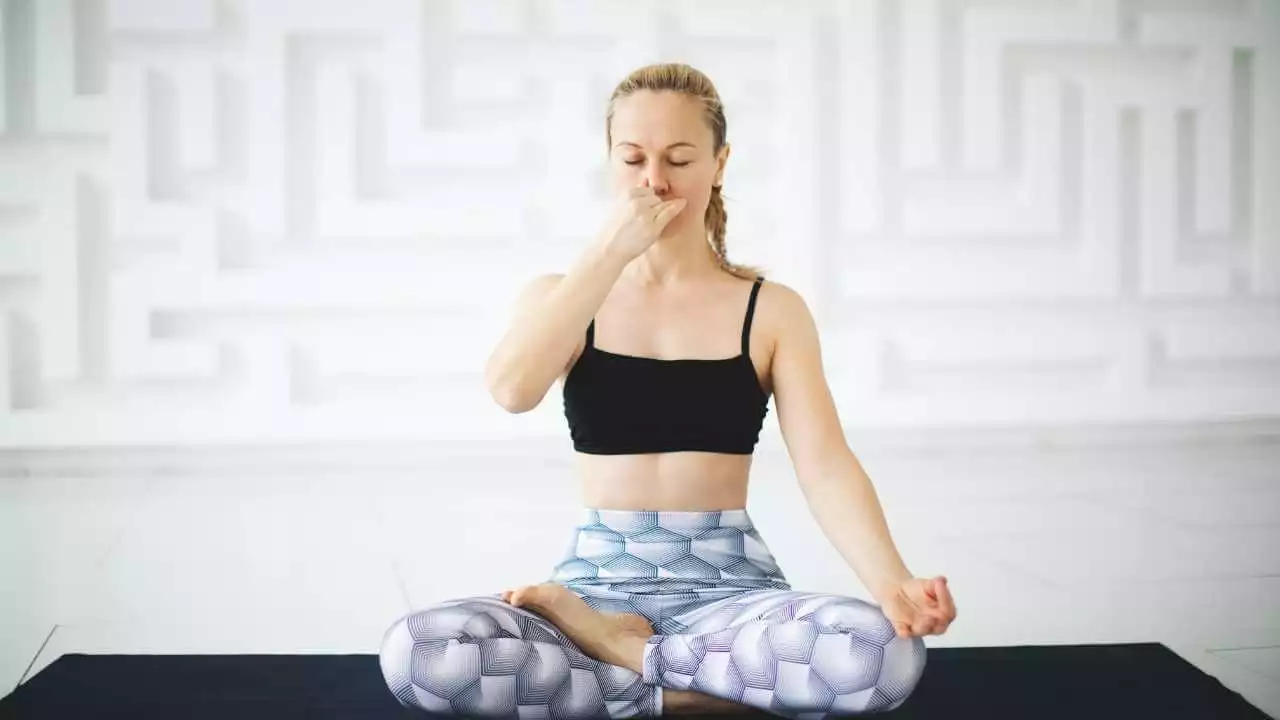Blood Pressure and Yoga: Simple Ways to Lower It Naturally
Did you know a regular yoga habit can shave 5‑10 points off your systolic pressure? It’s not hype – the breath work, gentle twists, and mindful pauses in yoga hit the exact systems that chase high blood pressure away.
High blood pressure, or hypertension, often creeps in because of stress, a sedentary lifestyle, or a diet heavy on salt. You don’t need a fancy gym or pills to fight it; a few minutes on the mat can make a real difference.
Why Yoga Impacts Blood Pressure
Yoga talks to the nervous system. When you do slow, deep breathing (called pranayama), the parasympathetic side of your nerves kicks in. That side tells your heart to slow down, vessels to relax, and blood pressure to drop.
Twisting poses also help. Twists compress the abdominal organs, giving them a gentle massage that improves digestion and reduces the load on the heart. Better digestion means fewer toxins, and a calmer heart.
Finally, the meditation element lowers cortisol – the stress hormone that pushes blood pressure up. Even five minutes of sitting quietly after a short flow can tip the balance toward calm.
Simple Yoga Moves to Try Today
1. Seated Breath (Sukhasana Breath): Sit cross‑legged, close your eyes, and inhale through the nose for a count of four, hold for two, exhale for six. Repeat five minutes. You’ll feel your heart rate settle.
2. Cat‑Cow (Marjaryasana‑Bitilasana): Get on hands and knees. Arch your back on the inhale (cow), round it on the exhale (cat). Flow for one minute. This moves fluid through the spine and eases tension.
3. Seated Spinal Twist (Ardha Matsyendrasana): Sit, right leg crossed over left, left hand on right knee, twist right, look over your shoulder. Hold 30 seconds each side. The twist nudges the kidneys and helps fluid balance.
4. Legs Up the Wall (Viparita Karani): Lie down, scoot your hips close to a wall, swing legs up. Stay for three minutes. This inversion gently lowers heart strain and improves circulation.
5. Corpse Pose (Savasana) with Guided Relaxation: Lie flat, close eyes, and mentally scan your body, releasing tension. Stay five minutes. This final rest seals the calming effects.
Do this short routine three to four times a week. Most people notice steadier breathing, less jittery moments, and lower readings at the doctor’s office after a month.
Remember, yoga isn’t a cure‑all. Pair it with a balanced diet, limited sodium, and regular walks for the best results. If you have a serious condition, check with your doctor before starting any new practice.
Start small, stay consistent, and watch how your blood pressure responds. Your heart will thank you, and you’ll feel more relaxed in daily life.

Which 'pranayam' is good for the heart and blood pressure?
In my exploration of yoga and its health benefits, I've discovered that 'Anulom Vilom Pranayam' is particularly beneficial for heart health and blood pressure regulation. This breathing exercise involves inhaling and exhaling through alternate nostrils, which helps in balancing the body's energy and calming the mind. It improves circulation, reduces stress, and is highly recommended for those with high blood pressure. Additionally, 'Bhramari Pranayam' is another effective exercise that aids in lowering heart rate and blood pressure. Incorporating these pranayamas into your daily routine can contribute significantly to improved cardiovascular health.